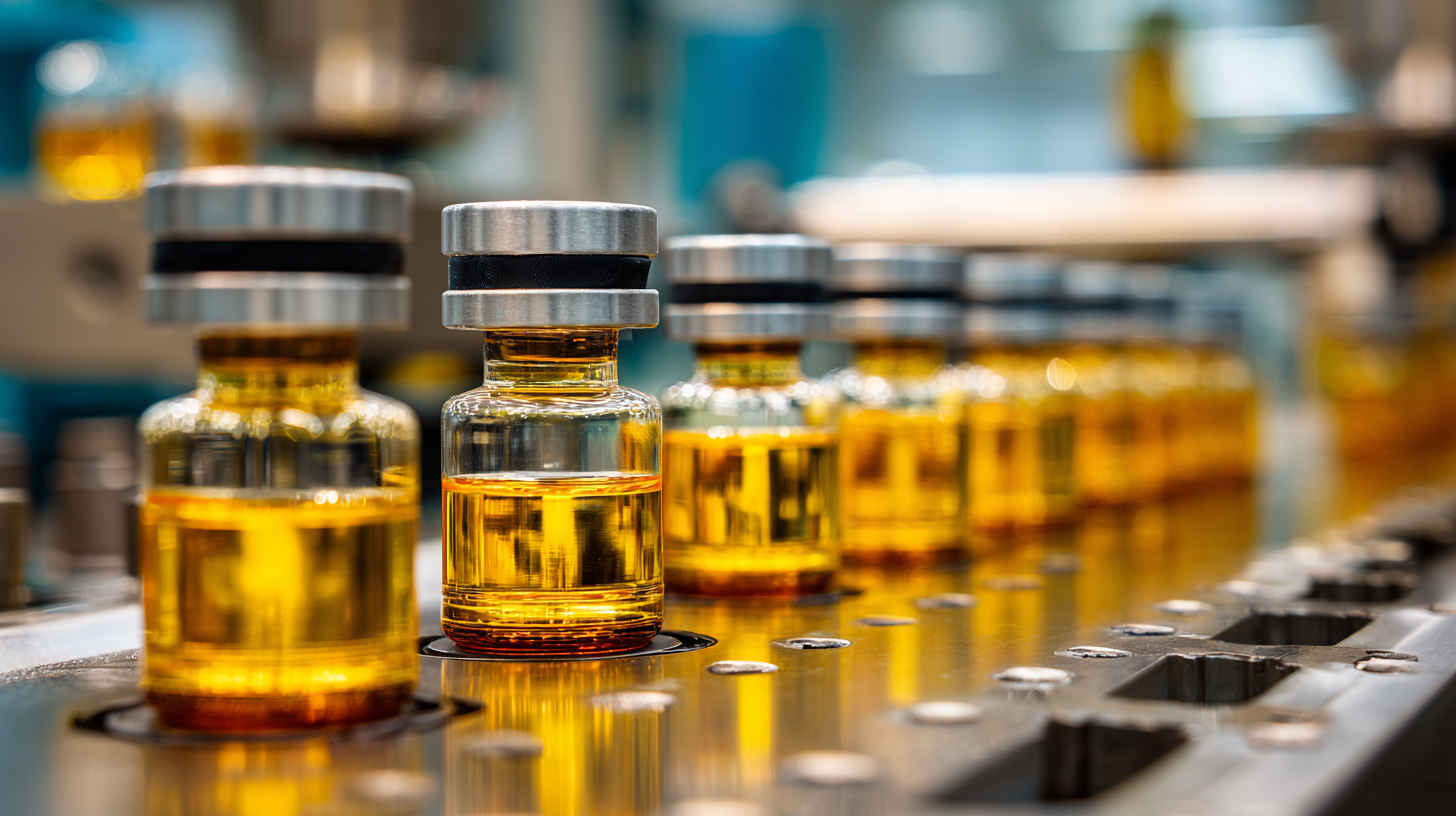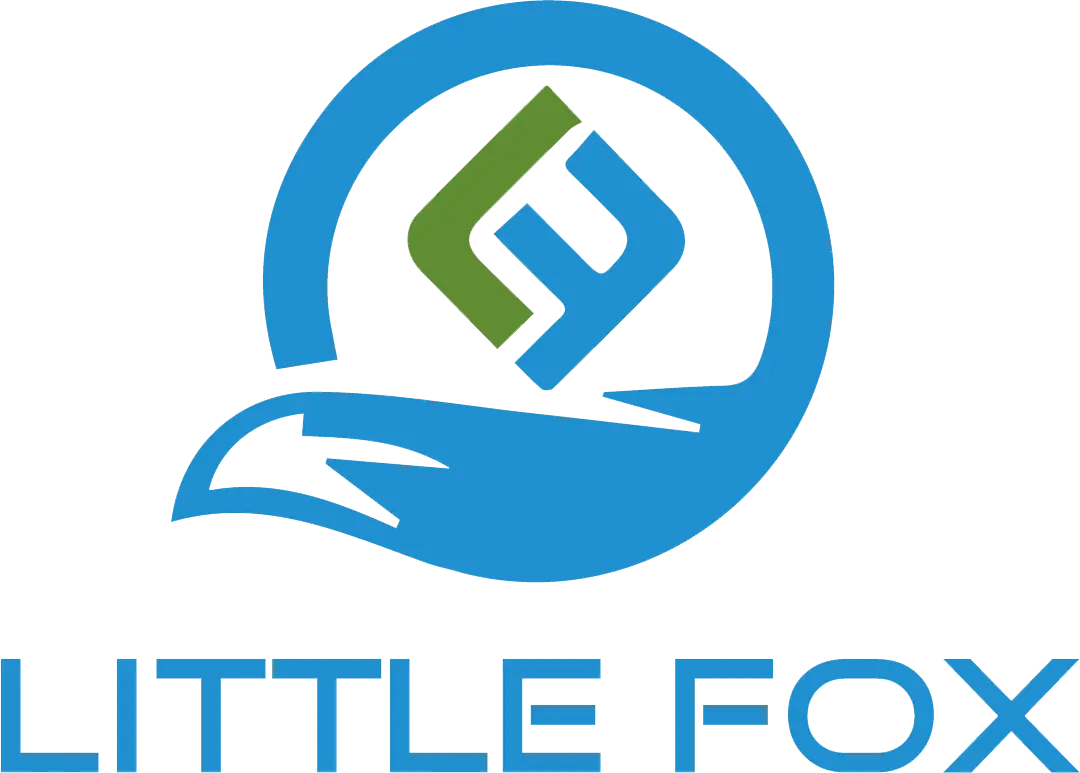In the rapidly evolving pharmaceutical industry, the demand for high-quality pharmaceutical intermediates has reached unprecedented levels, driven by the need for effective and reliable drug production. According to a recent report from Allied Market Research, the global pharmaceutical intermediates market is projected to reach $34 billion by 2027, showcasing a significant CAGR of 6.1%. This growth underscores the necessity for manufacturers and procurement specialists to establish strong partnerships with suppliers who meet international quality standards. Understanding these standards is crucial not only for ensuring compliance with regulatory requirements but also for maintaining the integrity of the production process.

As pharmaceutical companies increasingly seek to optimize their supply chains, navigating the complexities of sourcing high-quality intermediates becomes essential. This guide will delve into the best practices for identifying and selecting top-tier suppliers in the pharmaceutical intermediates sector, ultimately leading to enhanced drug quality and patient safety.
Global regulatory frameworks are crucial in shaping the standards for pharmaceutical intermediate production. These regulations are designed to ensure the safety, efficacy, and quality of pharmaceutical products. Key organizations such as the FDA, EMA, and WHO set guidelines that manufacturers must follow, establishing a global baseline for acceptable practices. Adhering to these frameworks not only mitigates risks associated with non-compliance but also enhances the marketability of intermediates across international borders.
Tips: Always stay updated with the latest guidelines released by regulatory bodies, as these can evolve rapidly. Participation in industry seminars or webinars can provide invaluable insights and networking opportunities to better understand these regulations.
Moreover, local regulations can vary widely, emphasizing the need for a comprehensive understanding of both global and regional standards. Effective communication with local authorities and compliance teams can significantly streamline the production process and ensure that all practices align with the necessary regulations.
Tips: Develop a robust internal compliance audit process to regularly review adherence to both global and local standards. This proactive approach not only safeguards against potential violations but also fosters a culture of quality within your organization.
| Dimension | Details | Regulatory Body | Compliance Standards | Region |
|---|---|---|---|---|
| Manufacturing Process | Synthesis and purification of intermediates using good manufacturing practices (GMP) | FDA | 21 CFR Part 210 & 211 | USA |
| Quality Control | Testing for purity, potency, and stability of intermediates | EMA | ICH Guidelines Q2(R1) | Europe |
| Environmental Impact | Assessment of waste management and emissions during production | EPA | Clean Air Act & Resource Conservation and Recovery Act | USA |
| Supplier Qualification | Assessment of supplier’s adherence to quality and regulatory standards | WHO | WHO Good Manufacturing Practices | Global |
| Documentation and Traceability | Maintaining records for all production and purchasing activities | Health Canada | Food and Drugs Act | Canada |
 In the pharmaceutical industry, understanding the key characteristics of high-quality pharmaceutical intermediates is crucial for ensuring the efficacy and safety of innovative drugs. These intermediates serve as essential building blocks in drug development and manufacturing, and their quality can significantly impact the overall product. High-quality intermediates should exhibit high purity levels, consistent chemical properties, and appropriate stability to meet rigorous regulatory standards.
In the pharmaceutical industry, understanding the key characteristics of high-quality pharmaceutical intermediates is crucial for ensuring the efficacy and safety of innovative drugs. These intermediates serve as essential building blocks in drug development and manufacturing, and their quality can significantly impact the overall product. High-quality intermediates should exhibit high purity levels, consistent chemical properties, and appropriate stability to meet rigorous regulatory standards.
Tips: When evaluating pharmaceutical intermediates, consider sourcing from established suppliers with robust quality assurance processes. Regular audits and inspections can help ensure that the intermediates meet the necessary specifications and are produced in compliant facilities. Additionally, maintaining a close collaboration with suppliers can foster transparency and facilitate the development of tailored intermediates that cater to specific pharmaceutical needs.
Investing in high-quality pharmaceutical intermediates not only enhances the efficacy of the final drug product but also supports the overall success of innovative therapies in the market. As the market for chiral chemicals continues to grow, stakeholders should remain vigilant in their purchasing strategies, prioritizing quality alongside cost-effectiveness for long-term success.
Global sourcing of pharmaceutical intermediates requires a keen understanding of both industry standards and best practices. As organizations expand their supply chains beyond borders, ensuring compliance with international regulations is essential. A comprehensive strategy should include evaluating suppliers on their adherence to Good Manufacturing Practices (GMP), quality assurance processes, and their ability to provide consistent, high-quality products.
**Tips:** When selecting suppliers, consider conducting audits to assess their production facilities. This direct engagement can uncover potential discrepancies in quality management and provide insights into the supplier's operational integrity. Additionally, developing long-term relationships with strategically located suppliers can enhance supply chain resilience and efficiency.
Moreover, leveraging technology for real-time tracking and procurement analytics can streamline sourcing processes. Utilizing digital platforms allows companies to compare prices, quality, and delivery timelines effectively.
**Tips:** Maintain an open line of communication with suppliers to foster transparency. Sharing market trends and demands can lead to better negotiation outcomes and improved service levels. Investing in these relationships not only mitigates risks but also paves the way for innovation and collaborative growth in the pharmaceutical landscape.
In the rapidly evolving landscape of pharmaceutical manufacturing, case studies highlighting successful pharmaceutical intermediate production models serve as essential learning tools. These case studies reveal a range of best practices and innovative strategies that leading companies have adopted to streamline their production processes while ensuring compliance with global standards. For instance, a prominent pharmaceutical firm recently implemented a continuous manufacturing approach that maximized efficiency and minimized waste, exemplifying a shift towards sustainability in production. This transition not only improved output but also enhanced product quality, paving the way for more robust supply chains.
Another noteworthy example involves a collaboration between a drug manufacturer and a specialized supplier, where both parties established an integrated quality management system. This partnership facilitated real-time monitoring of production stages, ensuring immediate identification and resolution of potential issues. Through this model, the companies were able to maintain high standards of quality while also accelerating time-to-market for new pharmaceutical intermediates. These case studies underline the importance of innovation and collaboration in driving success within the pharmaceutical sector, highlighting adaptable strategies that can be employed by other organizations aiming to enhance their intermediate production capabilities.
Evaluating supplier compliance with global pharmaceutical standards is a critical step in ensuring the safety and efficacy of pharmaceutical intermediates. As the pharmaceutical industry increasingly relies on a global supply chain, manufacturers must rigorously assess their suppliers to verify that they adhere to established guidelines, such as the Good Manufacturing Practice (GMP) and the International Organization for Standardization (ISO) standards. This evaluation process not only helps in identifying reliable partners but also mitigates risks associated with quality control, regulatory compliance, and product recalls.

To effectively evaluate suppliers, companies should implement a comprehensive audit framework that includes site inspections, documentation reviews, and quality assurance checks. Engaging in regular communication with suppliers can further enhance transparency and foster a collaborative approach to compliance. Additionally, leveraging technology, such as blockchain, can provide real-time tracking of compliance metrics and strengthen the integrity of the supply chain. Adopting a proactive stance in supplier evaluation not only protects the integrity of the manufacturing process but also builds a resilient framework for producing high-quality pharmaceutical products that meet global market demands.
